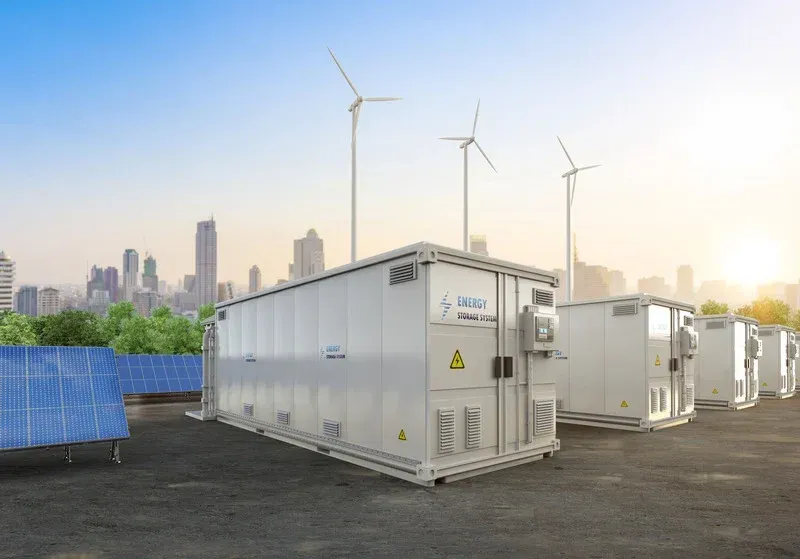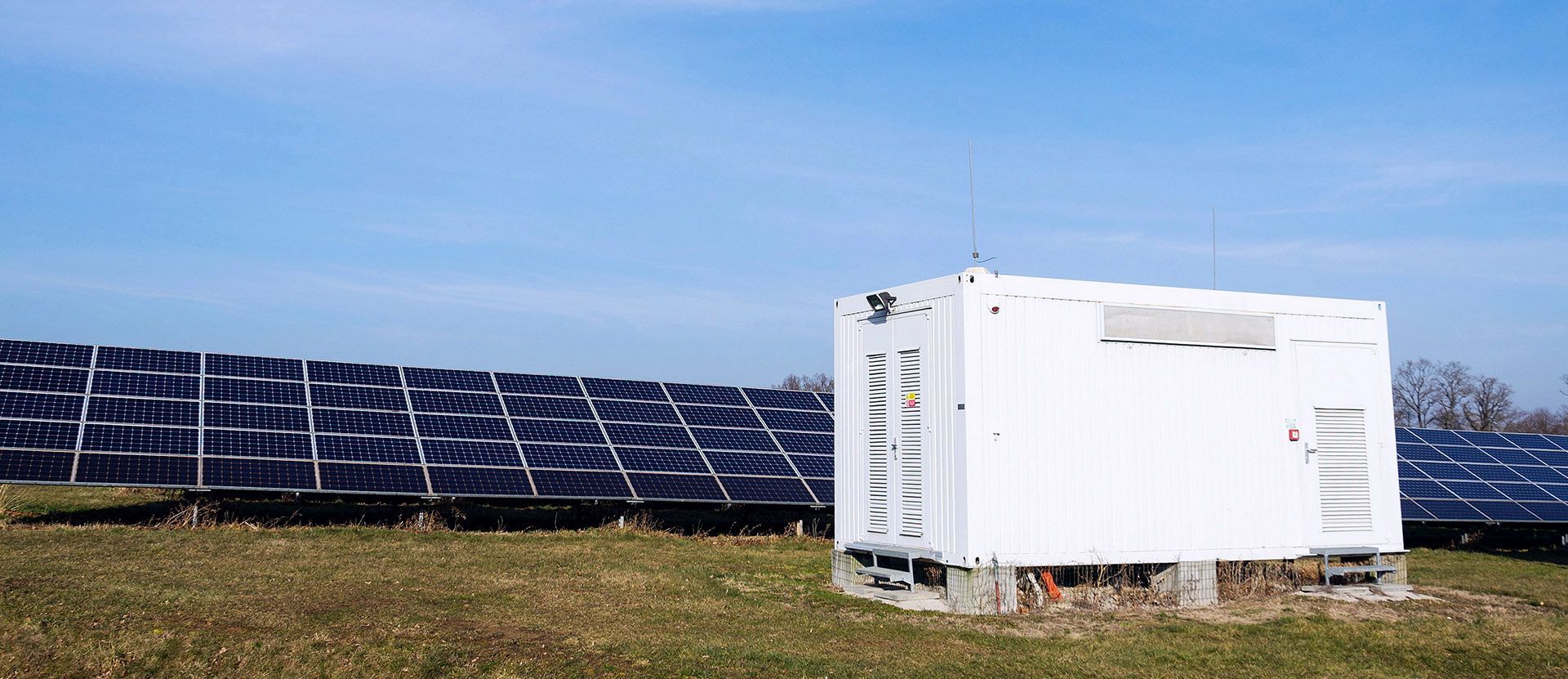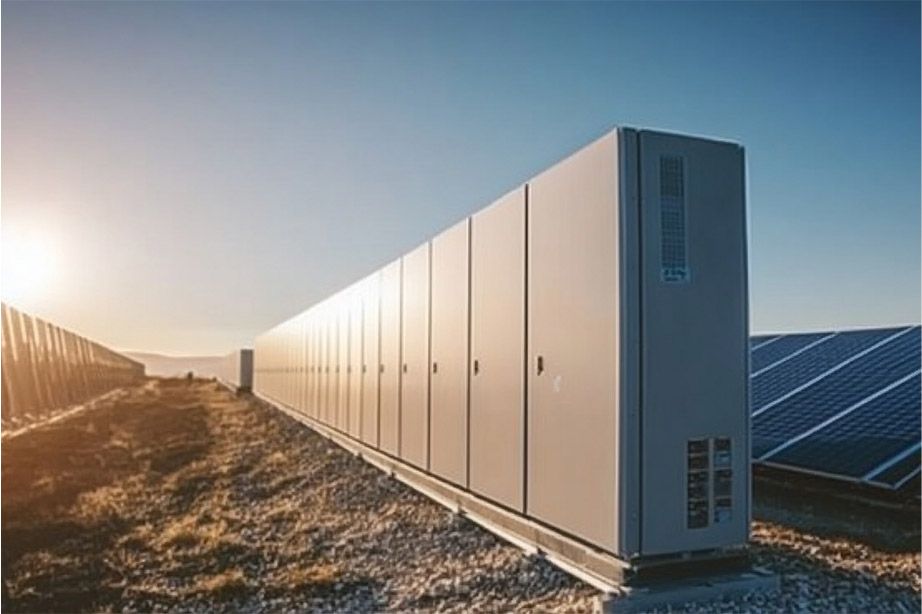Commissioning Is Not a Commodity: Avoid Immediate Penalties and Protect Long-Term Asset Value
Treating commissioning like a commodity can jeopardize your asset's performance, safety, and longevity from day one.
In the race to reach commercial operation dates (COD) and satisfy contractual obligations, it’s tempting to view commissioning as just another item on a project checklist. But treating commissioning like a commodity—interchangeable, transactional, and price-driven—can jeopardize your asset's performance, safety, and longevity from day one.
Whether you’re an asset manager focused on the long-term performance of your solar, storage, or hybrid system or an OEM deploying BESS projects across the country, the truth is simple: how your system is brought online shapes how it performs for the next 10 to 20 years.
More Than a Procedural Milestone
Commissioning isn’t just “flipping the switch.” It’s a rigorous process across all critical systems—from inverters and batteries to EMS and safety systems—ensuring design, performance, and compliance are fully validated. Specialized teams are essential, especially when chemistries, site conditions, and grid requirements vary. Without platform-specific expertise, critical issues can be missed, risking safety and long-term reliability.
Each system type presents unique commissioning challenges:
- Solar assets require precise inverter tuning, MPPT calibration, and IV curve validation to optimize yield and avoid clipping losses.
- Standalone storage systems demand careful charge/discharge sequencing, thermal controls, and state-of-health verification to ensure long-term reliability.
- Hybrid PV + BESS projects introduce additional complexity with load-sharing logic, EMS synchronization, and dynamic operating modes that must be validated under real-world conditions.
Research by Sandia National Laboratories emphasizes the complexity of energy storage project valuation due to the multitude of design and operational variables involved. Inadequate commissioning can exacerbate these challenges, leading to misaligned performance expectations and negative impacts on overall project economics.
The Real Cost of Commodity Commissioning
Asset managers and IPPs know: rework is expensive. An improperly commissioned system can manifest issues months later as:
- Latent faults during operation
- Repeated nuisance trips
- Underperforming warranty claims
- Regulatory violations or delays in interconnection
All of which translates to downtime, reputational risk, and financial drag on IRR. What looks cheaper up front can become costly in delays, repairs, or lost energy revenues—costs that don’t show up in a line-item comparison but hit your annual report just the same.
A global analysis published in Applied Energy found that commissioning timelines for renewable projects have increased over time, driven in part by complexity and labor shortages. Longer commissioning cycles mean higher costs and delayed revenues, especially in utility-scale solar and storage projects.
Let’s quantify the risk:
1. Delay to COD
Missing your commercial operation date (COD) doesn’t just delay revenue—it can also trigger Liquidated Damages (LDs) defined in PPAs or EPC contracts. Often enforced daily, these penalties are one of the most immediate and financially material risks tied to poor commissioning.
Revenue Risk: Starts at $25,000 per day (based on a 10MW solar or hybrid project)
2. Energy Underperformance
Improper inverter configuration or MPPT calibration can result in a typical performance loss of around 2%, especially when site-specific settings are overlooked during commissioning.
Revenue Risk: $20,000–$250,000 per year (based on a 10MW solar or hybrid project)
3. Equipment Damage or Safety Events
Errors during commissioning can damage inverters, BMS, or battery racks, or trigger fires.
Revenue Risk: $50,000–$500,000+ per incident
4. Repeat O&M Dispatch
Missed or misdiagnosed issues during commissioning cause additional truck rolls, extended downtime, and delayed site stabilization.
Revenue Risk: $10,000–$30,000 per visit
5. IRR Impact from Premature Degradation
Improper charge/discharge settings or thermal issues accelerate capacity fade.
Revenue Risk: $100,000s to millions over the life of a large-scale BESS project
A cautionary tale comes from the Kogan Creek Solar Boost project in Australia. Commissioning failures and environmental mismanagement led to full project cancellation and a $70 million write-off, despite initial optimism and investment. This underscores that technical risk during commissioning is real and expensive.
Commissioning as Strategic Risk Mitigation
The right commissioning partner doesn’t just check boxes. They understand your project’s technical, financial, and regulatory context. For OEMs, this means fewer repeat site visits, better handoffs to O&M, and less strain on warranty teams. For asset managers and IPPs, it’s a direct investment in uptime, compliance, and asset value preservation.
A specialized partner brings:
- Technicians certified on your battery platform (Fluence, CATL, Sungrow, Powin, etc.)
- Compliance experience with site-specific interconnection and grid code requirements
- Field-tested procedures for safety (e.g., OSHA 30, NFPA 70E) and commissioning validation
- Cross-trained teams who understand hybrid control systems and dynamic load profiles
Improperly integrated hybrid systems often suffer from control mismatches or performance degradation. Accurate commissioning is critical for resolving these challenges and realizing the full value of your hybrid asset.
A Strong Start Sets the Tone
In a maturing solar + storage market, commissioning should be treated not as a cost to minimize but as a critical point that influences everything from warranty validity to operational efficiency. Your project only gets one first impression with the grid.
The earlier you address risks, through strategic commissioning, the fewer surprises you’ll face post-COD. A fast-growing project pipeline shouldn’t lead to corner-cutting. It should lead to scalable processes that uphold consistency, accuracy, and accountability.
So ask yourself:
Are you treating commissioning as a commodity—or as the strategic lever it really is?


